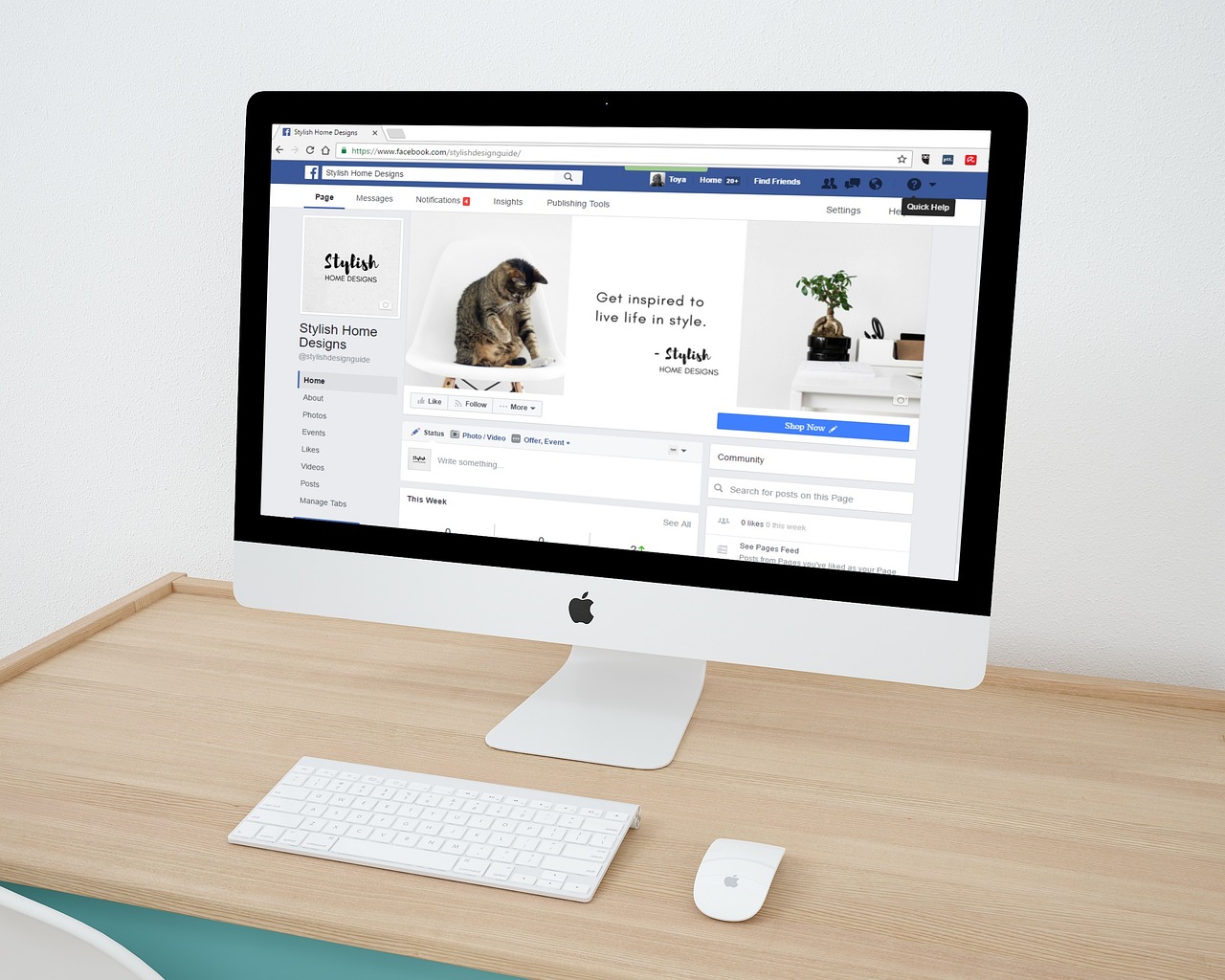Social media analytics provide invaluable data that can help you refine your strategy, improve your campaigns, and ensure that you’re meeting your goals. By leveraging social media insights, you can track performance, optimize content, and ultimately drive better results.
Why Social Media Analytics Are Important
- Performance Tracking: Social media analytics allow you to measure the performance of your posts, campaigns, and ads, ensuring that you’re on track to meet your objectives.
- Audience Insights: By analyzing the demographic and behavioral data of your followers, you can better understand your audience and tailor your content to meet their interests and needs.
- Campaign Improvement: Tracking key metrics like engagement rate, reach, and conversions helps identify what’s working and what’s not, so you can adjust your strategy accordingly.
Key Metrics to Track for Campaign Optimization
- Engagement Rate: Measure how your audience is interacting with your content through likes, comments, shares, and clicks. High engagement indicates that your content resonates with your audience.
- Click-Through Rate (CTR): If you’re running ads or sharing links, track how often users click on them. A higher CTR indicates that your call-to-action (CTA) is compelling and your audience is interested in your offer.
- Conversion Rate: Monitor how many users take the desired action, such as signing up for your email list, making a purchase, or downloading a resource. This metric shows how effective your social media efforts are at driving business goals.
- Reach and Impressions: Track how many people are seeing your content. Reach refers to the total number of unique users, while impressions show how many times your content was displayed. Both metrics are important for assessing your content’s visibility.
- Audience Demographics: Review your audience’s demographics (age, location, interests) to ensure your content is reaching the right people. This data helps you tailor future campaigns to your target market.
How to Use Analytics for Optimization
- Test and Iterate: Use A/B testing to compare different post formats, headlines, or times of day. Use your analytics to determine what works best and optimize future posts based on the data.
- Identify Top-Performing Content: Review which types of content (videos, images, blog links) perform the best, and create more content similar to those high-performing posts.
- Adjust Posting Times: Analytics can show you when your audience is most active. By posting at optimal times, you increase your chances of higher engagement and reach.
- Refine Targeting: If you’re running ads, use analytics to refine your targeting options, ensuring that your content is shown to the most relevant audience.



